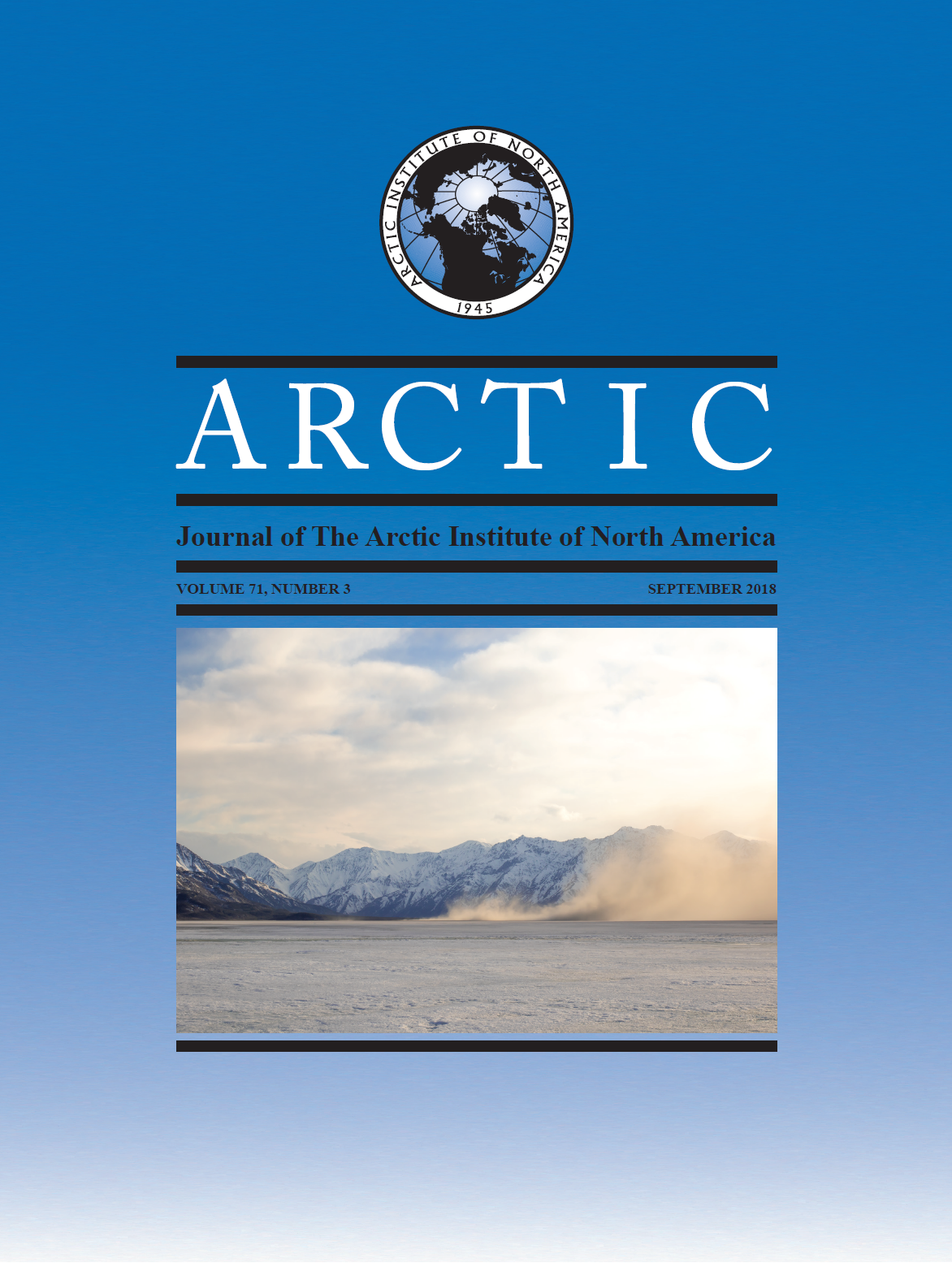Inuit Approaches to Naming and Distinguishing Caribou: Considering Language, Place, and Homeland toward Improved Co-management
DOI:
https://doi.org/10.14430/arctic4734Ключевые слова:
caribou, Inuit knowledge, co-management, herd names, language, place, homeland, King William Island (Qikiqtaq), Gjoa Haven (Uqsuqtuuq), Kitikmeot, Kivalliq, NunavutАннотация
Qikiqtaq (King William Island), in the Kitikmeot region of Nunavut, has been largely overlooked in caribou research to date. Qikiqtaq is shown as blank, or as having uncertain status, in the majority of caribou herd range maps.
Qikiqtaq (King William Island), in the Kitikmeot region of Nunavut, has been largely overlooked in caribou research to date. Qikiqtaq is shown as blank, or as having uncertain status, in the majority of caribou herd range maps. However, our work with Inuit Elders and hunters in Uqsuqtuuq (Gjoa Haven) on the southeastern coast of Qikiqtaq made it clear that caribou migrate on and off the island seasonally, and some remain on the island year-round. Caribou were identified as a local research priority in 2010, and we have worked together with Uqsuqtuurmiut (people of Uqsuqtuuq) from 2011 to 2016 to document and share Uqsuqtuurmiut knowledge of caribou movements, hunting, and habitat, as well as the importance of caribou for community diets, livelihoods, and cultural practices. In this process, it was important to understand appropriate Inuktitut terminology and local approaches to naming and distinguishing caribou in the region. Uqsuqtuurmiut do not generally distinguish caribou (tuktuit in Inuktitut) according to herds, in the way that biologists or wildlife managers do. Locally, people differentiate four main types of caribou: iluiliup tuktuit (inland caribou), kingailaup tuktuit (island caribou), qungniit (reindeer), and a mixture of iluiliup tuktuit and kingailaup tuktuit. Through these names, along with reviewing approaches to naming and distinguishing caribou in other Kitikmeot and Kivalliq communities, we emphasize how Inuit-caribou connections are articulated and enacted through language, place, and homeland. In efforts to support more inclusive and meaningful incorporation of Inuit knowledge in caribou co-management, we suggest that careful consideration of Inuit approaches to naming and distinguishing caribou could aid communication and mutual understanding. Key considerations that emerged include (1) accounting for dialectical differences, (2) understanding relative geographic references, and (3) recognizing historical and contemporary influences of traditional homelands and societies on terminology used. These considerations have potential implications for identifying and discussing caribou, as well as for new or refined approaches to monitoring caribou herds and habitats, since these approaches are often the result of how herds are defined.


